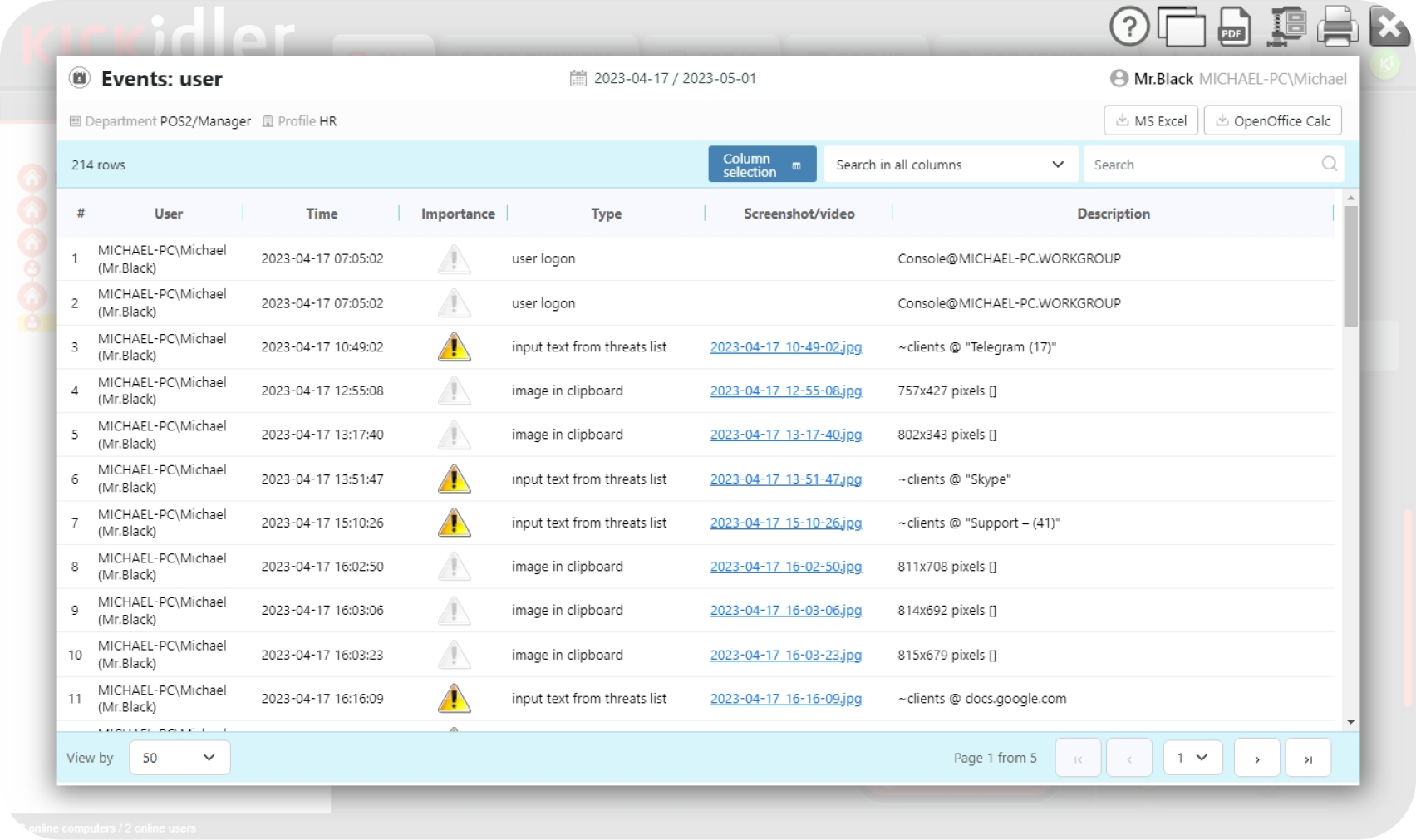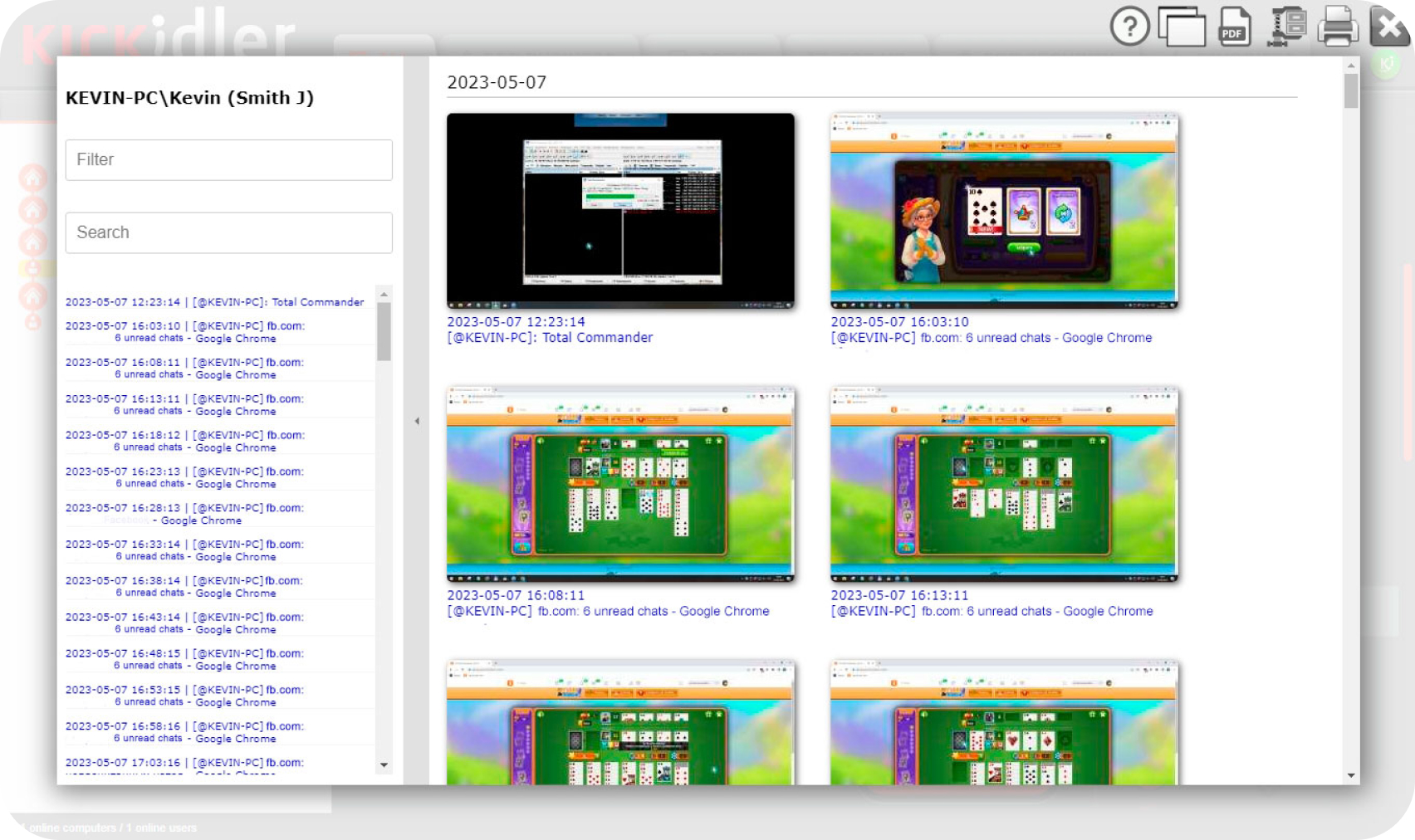Navigating the Modern Workplace: The Role and Benefits of Employee Monitoring Software
In today's dynamic business landscape, where remote work and digital collaboration are becoming the norm, staying connected and productive is paramount. To address the evolving needs of modern workplaces, Employee Monitoring Software has emerged as a vital tool for businesses of all sizes. Let's delve into what Employee Monitoring Software entails, its key features, benefits, compliance considerations, real-world applications, and how to choose the right solution for your organization's unique requirements.

Employee Monitoring Software Overview:
Employee Monitoring Software serves as a comprehensive solution for businesses to track, manage, and optimize employee activities within the workplace, whether in-office or remote. It encompasses various functionalities designed to enhance productivity, bolster security measures, and ensure regulatory compliance.
In essence, Employee Monitoring Software provides insights into employee behavior, work patterns, and performance metrics, enabling organizations to make data-driven decisions to streamline operations and foster a conducive work environment.
Key Features:
- Time Tracking: Monitor the time spent on tasks and projects to identify inefficiencies and optimize resource allocation.
- Screen Monitoring: Capture real-time screenshots or video recordings of employees' screens to gauge their workflow and productivity levels.
- Activity Logging: Record detailed logs of applications used, websites visited, and keystrokes typed to track work activities and identify potential security risks.
- Reporting: Generate customizable reports and analytics to gain actionable insights into employee performance, trends, and areas for improvement.
These features empower managers and HR professionals to effectively oversee team activities, identify bottlenecks, and drive performance improvements.
Benefits:
- Increased Productivity: By gaining visibility into employee activities, organizations can identify productivity bottlenecks and implement strategies to enhance efficiency.
- Cost Reduction: Streamlining workflows and optimizing resource allocation can lead to significant cost savings in the long run.
- Improved Security: Proactive monitoring helps mitigate security risks by identifying unauthorized access, data breaches, or malicious activities.
- Enhanced Remote Work Management: With the rise of remote work, Employee Monitoring Software facilitates seamless collaboration, communication, and accountability among distributed teams.
Compliance and Privacy:
While Employee Monitoring Software offers numerous benefits, it's essential to navigate privacy and compliance considerations responsibly. Adhering to data protection laws and ethical practices is paramount to maintaining trust and integrity within the workplace. Employers must ensure transparent communication with employees regarding monitoring policies, obtain consent where necessary, and implement robust security measures to safeguard sensitive data. Incorporating a Software DLP tool (Data Loss Prevention) can further enhance security by monitoring and controlling the transfer of sensitive information within the organization, ensuring compliance with regulatory standards and protecting against data breaches.

Use Cases:
- Remote Work Management: Employee Monitoring Software enables employers to effectively manage remote teams by tracking productivity levels, maintaining communication, and ensuring accountability.
- Project Tracking: Businesses can monitor project progress, identify potential roadblocks, and allocate resources efficiently to meet deadlines and deliverables.
- Time Optimization: By analyzing employee time usage and identifying non-productive activities, organizations can optimize workflows and allocate resources more effectively.
Choosing the Right Software:
When selecting Employee Monitoring Software, consider factors such as scalability, compatibility with existing systems, ease of use, and customer support. Additionally, look for solutions that offer customizable features and robust security protocols to align with your organization's specific needs and regulatory requirements.
In conclusion, Employee Monitoring Software serves as a valuable asset for modern businesses seeking to enhance productivity, foster transparency, and ensure compliance in the digital age. By leveraging the right tools and adopting ethical practices, organizations can empower their workforce, drive operational efficiency, and achieve sustainable growth in today's competitive landscape.

